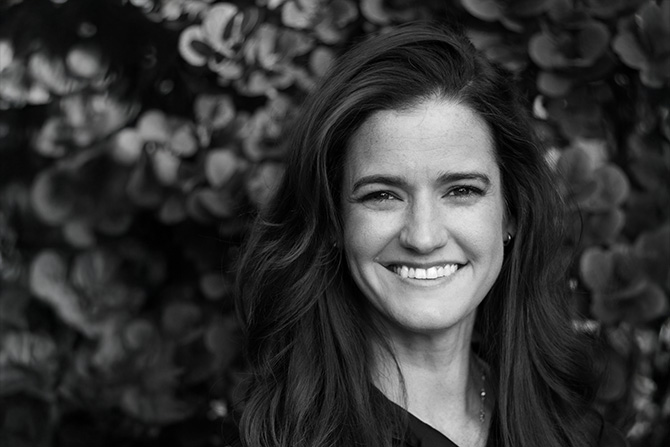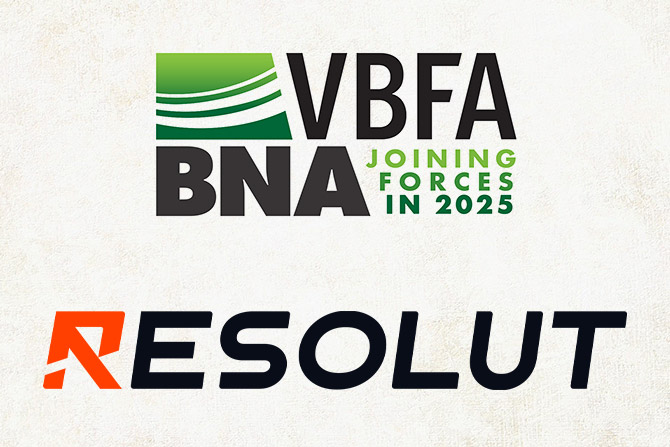Time is valuable; why AIA?
There are two AIA groups that I make time for because I find them to be not only an engaging use of my time but also something where input from practicing professionals is incredibly important.
The first is the national AIA Documents Committee (the group responsible for drafting and maintaining the AIA suite of contract documents). To say the AIA documents are industry standard is an understatement, and maintaining those documents is no small task. The committee is made up of 35 men and women serving 10-year appointed terms, and we work year-round to review and update existing documents and publish new documents in response to industry needs. These documents give our industry a reliable baseline for contract negotiations and project documentation not only for AIA member architects but for the entire industry. They are vetted by practicing professionals, court-tested and overall reflections of AEC industry standards. Even clients and large firms with their own manuscript agreements rely on the AIA documents as a reference for model language that transcends disciplinary bias. I continue to be impressed by the dedication and professionalism of my fellow committee members as we work to maintain the legacy of the AIA Contract Documents, and I am grateful for the opportunity to collaborate on a weekly basis with some of the most intelligent and humble architects I know.
More recently, I joined the Utah DOPL Architect and Landscape Architect licensing board and subsequently became engaged with the AIA Utah Government Affairs Committee. I have seen the heavy lift that our local AIA Chapter carries across the board. The many committees, task forces, subcommittees and initiatives require significant time and passion from individual members. There is much work to be done, and the strength of the AIA comes when individual members with varying strengths and technical backgrounds come together to collaborate and get work done. Looking specifically at the Government Affairs Committee, Shawn leads the group in tracking an overwhelming amount of legislation each session, that all impact our professional community in different ways. Having individual members who bring niche subject matter expertise to the table strengthens the committee as a whole. In serving on the state licensing board, I personally have really been “getting into the weeds” lately on understanding our architect licensing act and rules. In the case of this legislative session, my technical knowledge from that work on the licensing board became helpful in the context of certain specific bills and led to my first engagement with this committee. I am looking forward to continuing to stay involved and contributing where I can!
Favorite Utah space (includes built or natural):
Bryce Canyon. It takes my breath away every time we visit.
Favorite book:
“The Count of Monte Cristo” by Alexandre Dumas.
Mantra:
My mantra is “brave, not perfect.” This is the title of a book by Reshma Saujani, who gave a keynote speech at an AIA Women’s Leadership Summit I attended in San Jose several years ago. Her underlying point is not particularly novel in itself. Many others have written and spoken about similar concepts — Brene Brown has written several books with similar themes, that famous quote by Wayne Gretzky about “missing 100% of the shots you don’t take” gets at the same point, and the list goes on — but the way Saujani phrased it really struck a nerve and has stuck with me ever since.
Studies show that women in professional fields (and many young professionals in general, regardless of gender) tend to avoid trying new things unless they are absolutely sure that they understand how to do that thing well. The prospect of doing it adequately isn’t enough — if they are going to try something, they want to really excel at it. They are constantly chasing that “A+” grade when the task is complete. There is overwhelming social pressure, especially in the age of social media, to be “perfect.”
This pressure seeps into all aspects of our lives, especially our work. Many of us would rather stay in our comfort zone where we know we are “doing it right” or “doing it well.” Saujani talks about how, while the academic world may reward those straight As and a 4.0 GPA, the real world doesn’t really measure perfection. Instead, the world rewards growth, and meaningful growth requires bravery. Perfection is subjective anyway, and more importantly, perfection does not equal excellence.
In many ways, that pursuit of perfection in work often ends up impeding excellence because perfecting something often leads to a bigger problem: stagnation. That long-term stagnation in your comfort zone, although it may feel safe for a while because you have mastered one particular task or one particular role on a project, eventually leads to monotony.
Our industry is limitless in an individual’s potential for growth. We have to keep going, even if (when) you get a few things wrong along the way. That’s how you learn, and you have to keep going. In this profession, you should never, ever stop learning. Now there is an opposite end of this spectrum as well, and the cycle of constantly chasing a higher mountain to climb can be just as problematic in its own ways. The part of this mantra that I try to fall back on is that intimidation and self-doubt should not be the thing to stop me from something I am genuinely interested in trying.
All that to say, my mantra and my reminder for young professionals, especially women in our field, is do not try to be perfect. Try to be brave.







